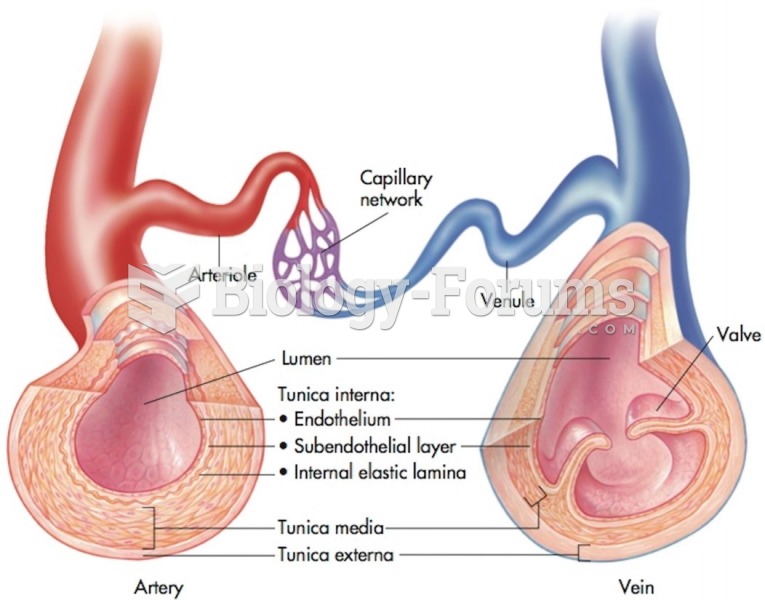|
|
|
The U.S. Pharmacopeia Medication Errors Reporting Program states that approximately 50% of all medication errors involve insulin.
Cucumber slices relieve headaches by tightening blood vessels, reducing blood flow to the area, and relieving pressure.
Despite claims by manufacturers, the supplement known as Ginkgo biloba was shown in a study of more than 3,000 participants to be ineffective in reducing development of dementia and Alzheimer’s disease in older people.
The calories found in one piece of cherry cheesecake could light a 60-watt light bulb for 1.5 hours.
Drugs are in development that may cure asthma and hay fever once and for all. They target leukotrienes, which are known to cause tightening of the air passages in the lungs and increase mucus productions in nasal passages.
 Leafcutter ants carrying leaf fragments back to the nest where they will be processed to create a su
Leafcutter ants carrying leaf fragments back to the nest where they will be processed to create a su
 The Koala does not normally need to drink, because it can obtain all of the moisture it needs by eat
The Koala does not normally need to drink, because it can obtain all of the moisture it needs by eat





